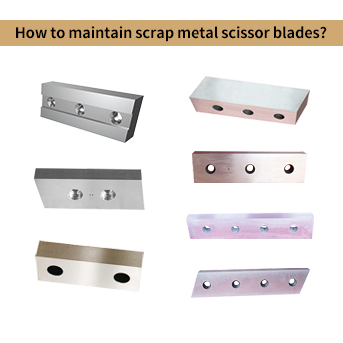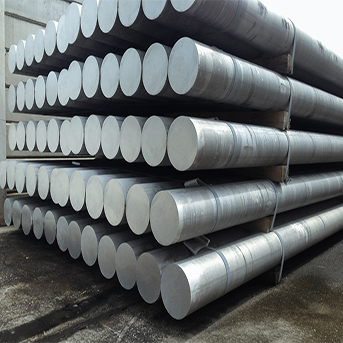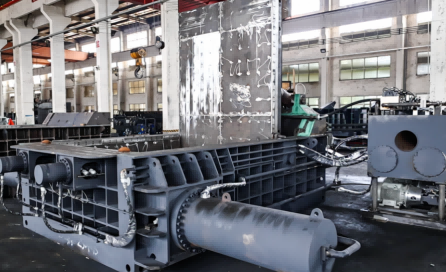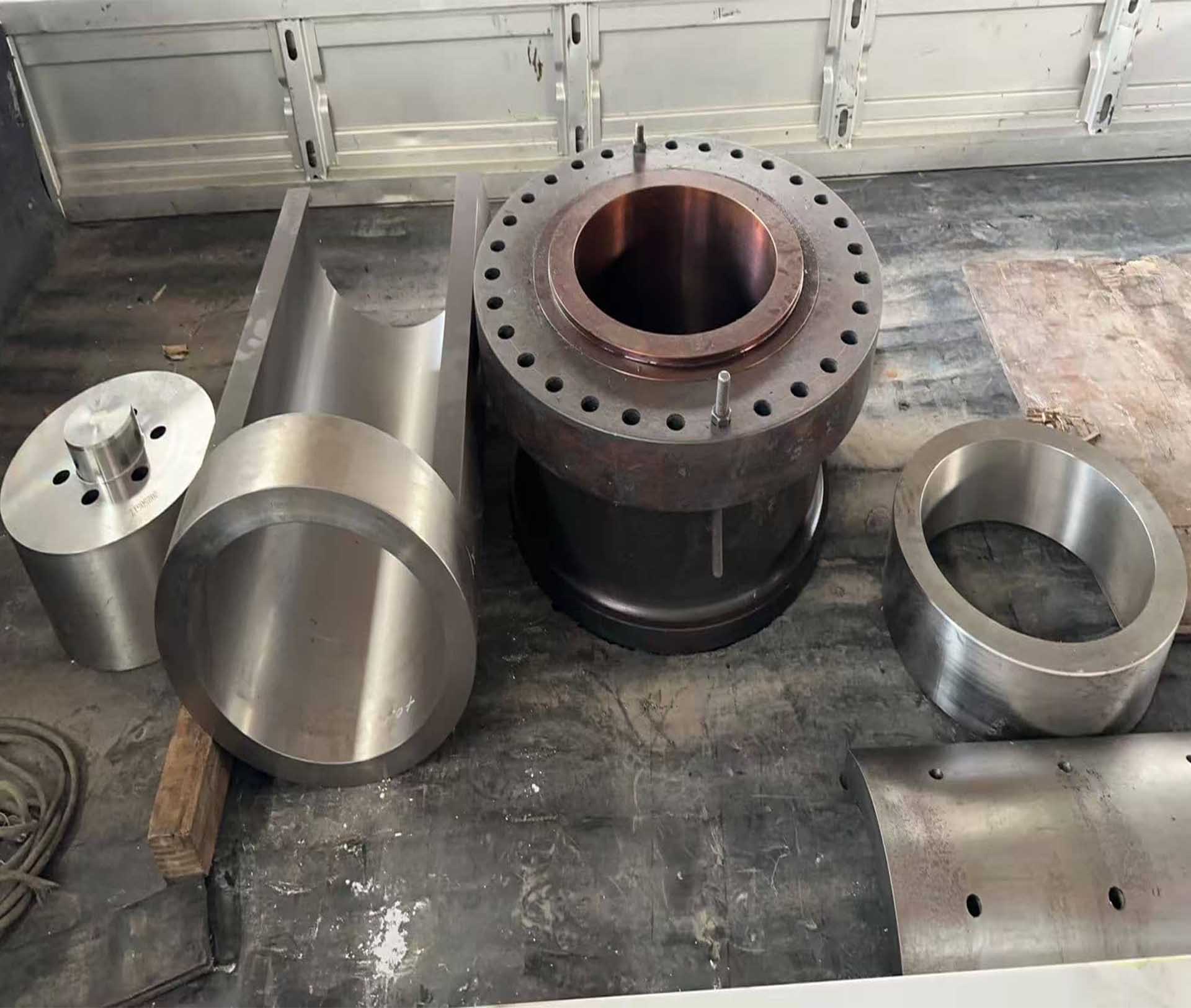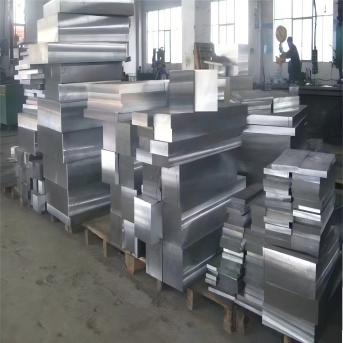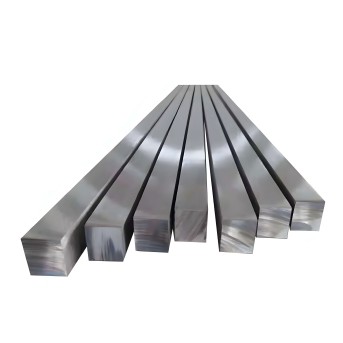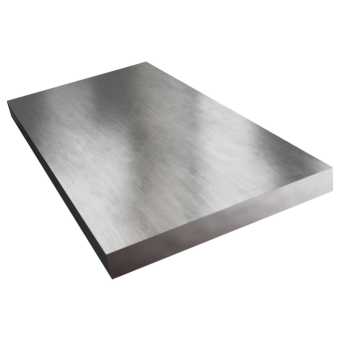Sep 04, 2025
In today’s scrap metal recycling and industrial operations, companies face constant pressure to improve efficiency, safety, and cost control. One machine that addresses all three challenges at once is the metal baling machine. By compressing loose scrap into dense, uniform bales, these machines transform waste into valuable, manageable resources.
Here are the seven key advantages that make metal balers indispensable:
1. Massive Volume Reduction & Space Savings
Baling machines apply immense hydraulic force—often hundreds or even thousands of tons—to compress bulky materials like car shells, sheet metal, wires, cans, or turnings into compact rectangular bales. This can reduce scrap volume by up to 90% (10:1 ratio). The result is significant space savings, freeing up storage areas and eliminating unsafe piles of loose scrap.
2. Optimized Transportation & Logistics
Transporting loose scrap is inefficient. Dense, uniform bales allow trucks, railcars, and containers to be loaded to maximum capacity. This reduces the number of trips, cuts freight costs, lowers fuel consumption, and decreases emissions—all while ensuring safer, spill-free transport.
3. Enhanced Material Handling Efficiency
Baled scrap is designed for mechanized handling. Forklifts and cranes can easily move, stack, and load bales, speeding up operations and minimizing manual labor. This streamlines the supply chain from collection to delivery at mills.
4. Improved Workplace Safety
Loose scrap is dangerous—sharp edges, protruding wires, and unstable piles can lead to injuries. By contrast, compact bales are safer to store, stable when stacked, and handled mechanically. This reduces risks and creates a safer work environment for employees.
5. Increased Material Value & Marketability
Foundries and steel mills prefer dense, consistent bales. They are easier to feed into furnaces, melt more efficiently with less oxidation, and produce higher-quality results. This consistency makes baled scrap more attractive on the market, often fetching better prices than loose scrap.
6. Reduced Labor Costs
Automating the baling process reduces the need for manual scrap handling. While operators are still required, the machine replaces multiple workers in physically demanding and risky tasks—delivering long-term labor savings.
7. Environmental & Site Benefits
By eliminating loose scrap piles, baling reduces contamination risks from rust, trapped fluids, and windblown debris. It also creates a cleaner, more professional site appearance—important for safety compliance and customer confidence.
Conclusion: A Smart Investment
Metal baling machines are more than just compactors. They are strategic assets that deliver measurable benefits across the scrap metal lifecycle—reducing costs, improving safety, increasing material value, and supporting sustainable practices.
For any business handling large volumes of scrap, a baler isn’t just equipment—it’s an investment that quickly pays for itself and drives long-term profitability.
Read More
